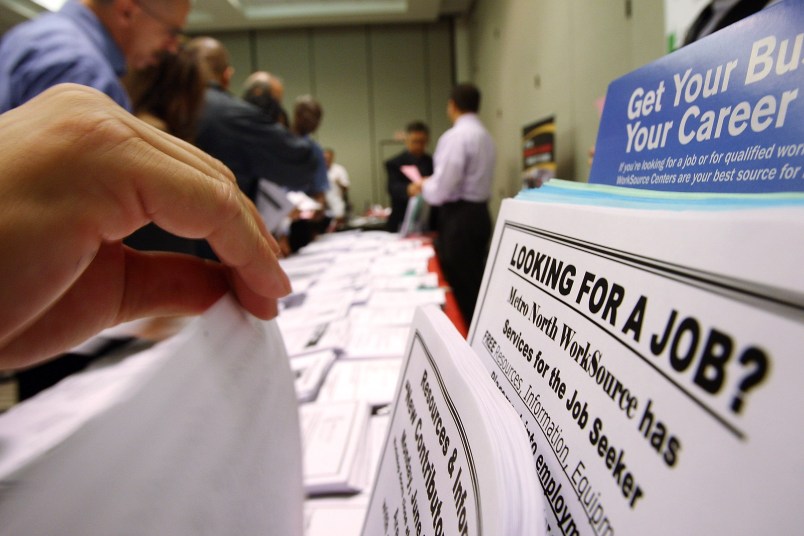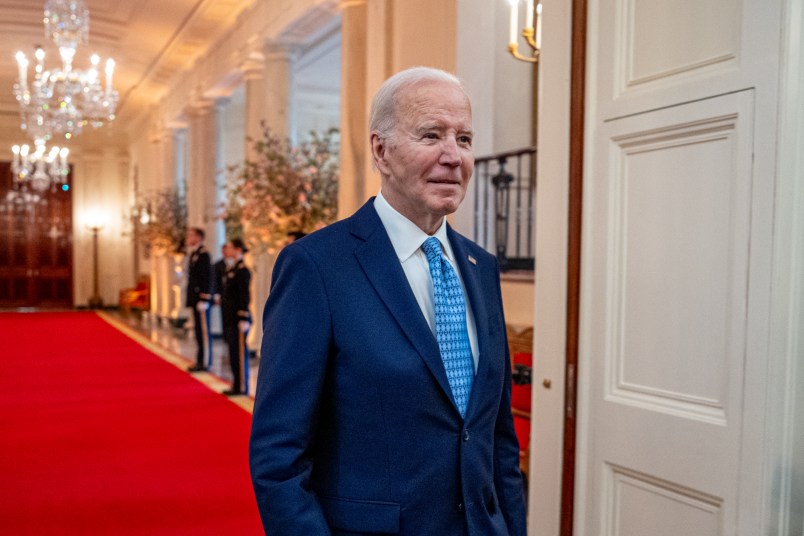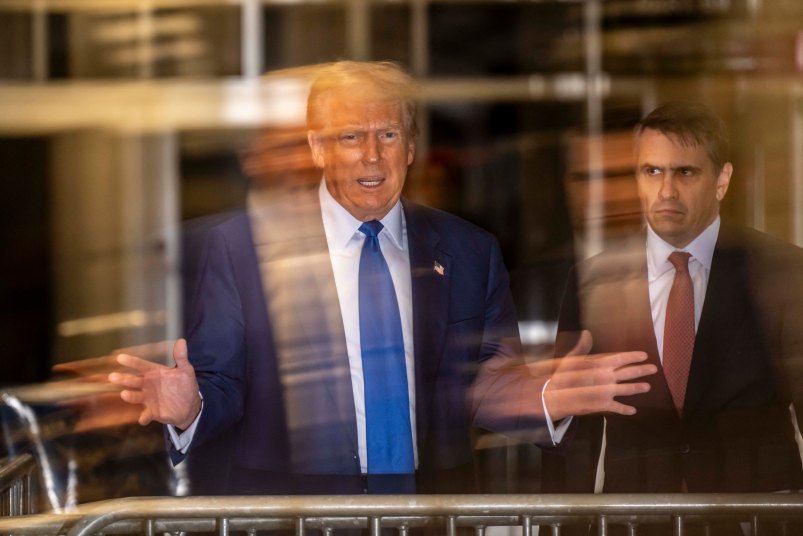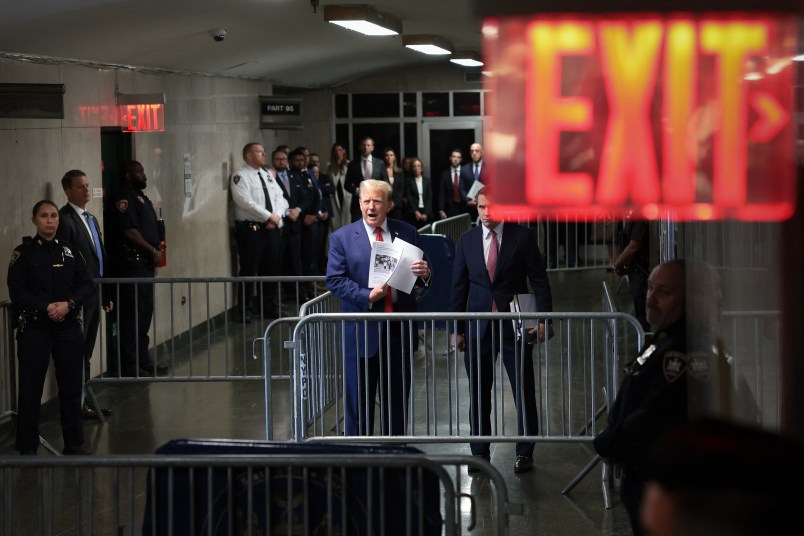WASHINGTON (AP) — U.S. employers extended a streak of solid hiring in May, adding 223,000 jobs and helping lower the unemployment rate to an 18-year low of 3.8 percent.
The Labor Department says average hourly pay rose 2.7 percent from a year earlier, a slightly faster annual rate than in April. But pay growth remains below levels that are typical when the unemployment rate is this low.
Still, the report shows that the nearly 9-year old economic expansion — the second-longest on record — remains on track. Employers appear to be shrugging off recent concerns about global trade disputes.
The job market is also benefiting a wider range of Americans: The unemployment rate for high school graduates reached 3.9 percent, a 17-year low. For black Americans, it hit a record low of 5.9 percent.
The solid hiring data coincides with other evidence that the economy is on firm footing after a brief slowdown in the first three months of the year. The economy grew at a modest 2.2 percent annual rate in the January-March quarter, after three quarters that had averaged roughly 3 percent annually.
Some economists remain concerned that the Trump administration’s aggressive actions on trade could hamper growth. The administration on Thursday imposed tariffs on steel and aluminum imports from key allies in Europe, Canada and Mexico.
Earlier in the week, it threatened to hit China with tariffs on $50 billion of its goods.
Still, while Trump has made such threats since March, most employers so far haven’t suspended hiring.
And consumers have started to spend more freely, after having pulled back in the January-March quarter. That gain could reflect in part the effect of the Trump administration’s tax cuts, which might be encouraging more Americans to step up spending. Consumer spending rose in April at its fastest pace in five months.
Some of the spending reflects more money needed to pay higher gas prices, a potential trouble spot for consumers in the coming months. The average price of a gallon of gas nationwide reached $2.96 on Thursday, up 15 cents from a month ago, according to AAA. Some economists calculate that higher gas costs could offset up to one-third of the benefit of the tax cuts.
Companies are spending more on industrial machinery, computers and software — signs that they’re optimistic enough about future growth to expand their capacity. A measure of business investment rose in the first quarter by the most in 3½ years. That investment growth has been spurred partly by higher oil prices, which have encouraged the construction of more drilling rigs.
Manufacturers have benefited from the healthier business spending and have increased hiring. In April, factories expanded production of turbines and other heavy machinery by the most in seven months.
Macroeconomic Advisers, a forecasting firm, says it now foresees the economy expanding at a robust 4 percent annual pace in the April-June quarter, which would be the fastest in nearly four years. That is up from its forecast last week of less than a 3 percent rate for the current quarter.
Yet even with unemployment at an 18-year low, wage growth has been chronically sluggish in most industries, leaving many Americans still struggling to pay bills, particularly as inflation has ticked up. Still, companies are starting to pay more to lure workers from other companies, a trend that could lead to broader pay gains in coming months.
Mark Zandi, chief economist at Moody’s Analytics, said higher pay for job-switchers tends to augur more robust raises for everyone else.
At the same time, Martha Gimbel, head of economic research at the job listing site Indeed, notes that wages for people who remain in their jobs have actually declined in recent months. That suggests that many employers have yet to worry about their workers being lured away.









